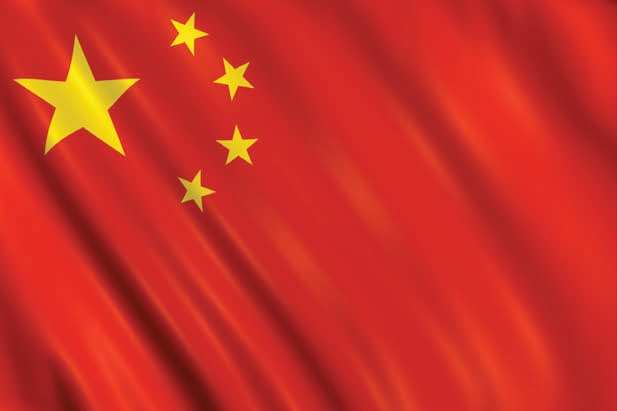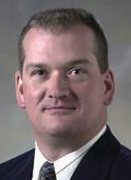Global partnerships—it’s a small world
Michael Dugger | TLT President's Report October 2011
China’s impact on tribology research is growing, as STLE learned while attending a major industry event there.

The rate of increase in annual tribology publications in China during the last decade more than doubled that in the U.S.
www.canstockphoto.com
If you visited one of Disney’s parks in the last 40 years, you might recall the refrain from the It’s a Small World attraction, where guests are transported through animatronic scenes of children around the globe. I was surprised to hear the title song at a cultural site in China recently and considered how this notion is truer than ever.
In August a delegation representing STLE participated in the 6th China International Symposium on Tribology (CIST) held in Lanzhou. The point of entry for this trip was Beijing, where we spent a day visiting the State Key Laboratory of Tribology (SKLT) at Tsinghua University. The university was established in April 1911, making this the school’s 100th anniversary. Tsinghua is recognized as one of the best universities in China, according to many national and international rankings, and China’s president, Hu Jintao, is a Tsinghua graduate with a degree in hydraulic engineering.
There are about 200 State Key Laboratories throughout China with different areas of emphasis. The SKLT has an impressive collection of research equipment and performs a wide range of fundamentals to applied research in tribology.
The next stop was Lanzhou in northwest China where the CIST conference occurred on the grounds of the Lanzhou Institute of Chemical Physics. This is one of the 117 institutes of the Chinese Academy of Sciences. The Institute at Lanzhou also houses the State Key Laboratory of Solid Lubrication. With the State Key Laboratory of Tribology, these two institutes have hundreds of graduate students working in tribology and account for most of the nation’s publications in this area.
The conference attracted about 300 people from 13 countries and included work in lubricating oils and additives, tribochemistry, coatings, industrial tribology, space tribology, nanotribology and biotribology, to name a few. The theme of the conference was Green Tribology, reflecting awareness of the importance of increasing efficiency to save energy and reducing emissions to protect the environment.
One of our hosts mentioned a significant increase in research papers from China in recent years. Using the Web of Science database (
1), I found 2,242 papers from China in 2010. Admittedly, my query might have found a few non-tribology papers (and journal publications are not the only metric for activity in our field), but as a relative gauge this was illuminating. A search for papers sourced in the United States returned 3,009 results for last year. Our two countries represent the largest sources of tribology publications in the world.
More interesting was comparing results in 2010 to those of roughly one and two decades ago. The same search for the year 2001 returned 2,321 papers in the U.S. and 610 in China. In 1991 the numbers were 1,359 in the U.S. and 87 in China.
What’s the point of this exercise? The rate of increase in annual tribology publications in China during the last decade is more than double that in the U.S. Just as we must think in terms of the global economy, we must also consider global science and technology developments in order to keep current with the latest information in our field. This is facilitated in today’s research environment by the electronic availability of journal articles and companies with global operations.
STLE’s leadership has been working for several years to establish alliances with organizations in other countries that generate tribology information in an effort to increase access to that work by our members. Our evolving relationships with the Chinese Tribology Institute and the Tribology Society of India represent two of those efforts. We look forward to continuing and expanding our interactions with these and other tribology-related organizations across the globe.
It’s a small world, after all.
REFERENCE
Click
here. The search function TS = (tribolog* OR friction* OR wear OR lubrica*) AND CU = China was used, excluding the social science index and limiting results to a specific year.
 Mike Dugger is a Distinguished Member of the Technical Staff with Sandia National Laboratories in Albuquerque, N.M. You can reach him at mtdugge@sandia.gov
Mike Dugger is a Distinguished Member of the Technical Staff with Sandia National Laboratories in Albuquerque, N.M. You can reach him at mtdugge@sandia.gov.